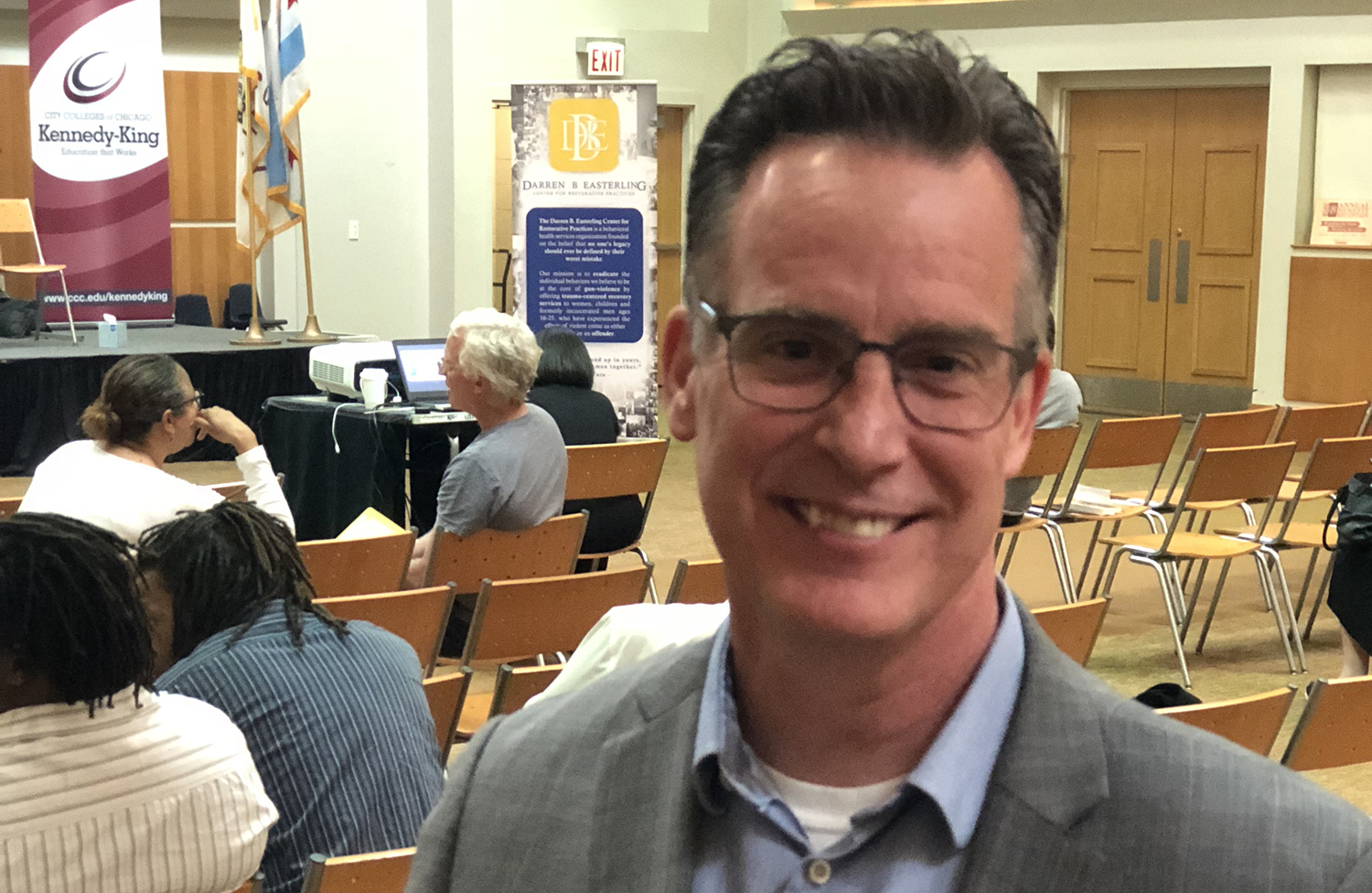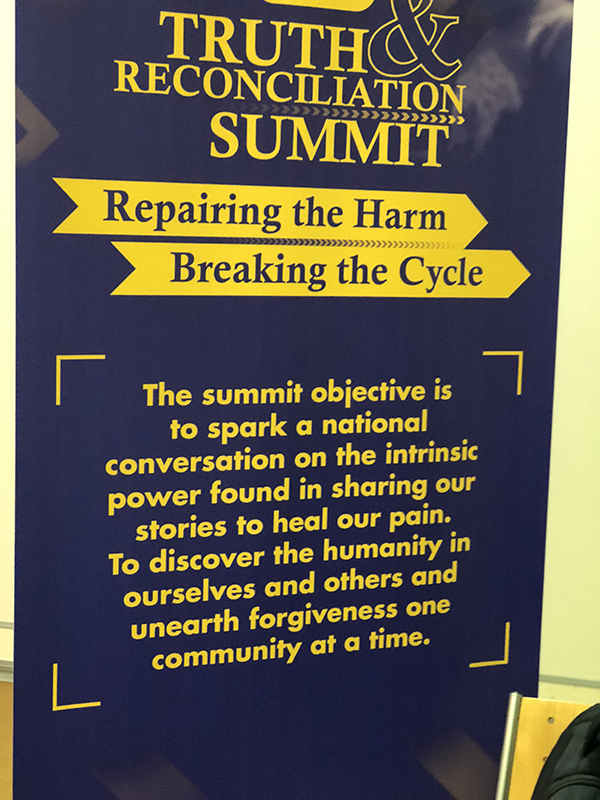
What Do Youth Have to Do With It?
Thomas Hurley, Assistant Superintendent of Operations for the Department of Juvenile Justice, expounds on the necessity of engaging youth offenders, and former youth offenders, in the development of safer, peaceful communities
Every youth has a parent, two parents (whether they be engaged with them or not) — they’re somebody’s son, somebody’s daughter, and we need to treat all youth the same way, like they’re our kids.
How do we get them going in a different direction? I think sometimes the thing we take for granted is the trauma that these young people have incurred. Sometimes we look at them as bad kids, and they’re really wounded, broken, hurt. And we need to help to repair that, have that level of concern, of care, no matter what their mistakes, no matter what their situation.
I think we’ve got to get them to a place where they desire to repair the harm that they’ve done to the community: acknowledging it first, understanding that they did harm, and then, how they repair that harm.
That’s a collective effort. It’s going to take that whole-village perspective to accomplish what we need to accomplish, and bring peace to our communities and streets.
The reality is that a very comprehensive approach is needed, so whether someone is in custody, in the community, a perpetrator of a crime at some point in their lives, or Joe Citizen, everybody needs to be engaged in this process…
It’s everybody’s problem, it’s everybody’s issue, it should be everybody’s concern.
Hurley was interviewed at the Truth & Reconciliation Summit, an event hosted by 2018 Safe & Peaceful Chicago grantee the Darren B. Easterling Foundation
This is a story about the Community Safety and Peace strategy of the Partnership for Safe and Peaceful Communities.


